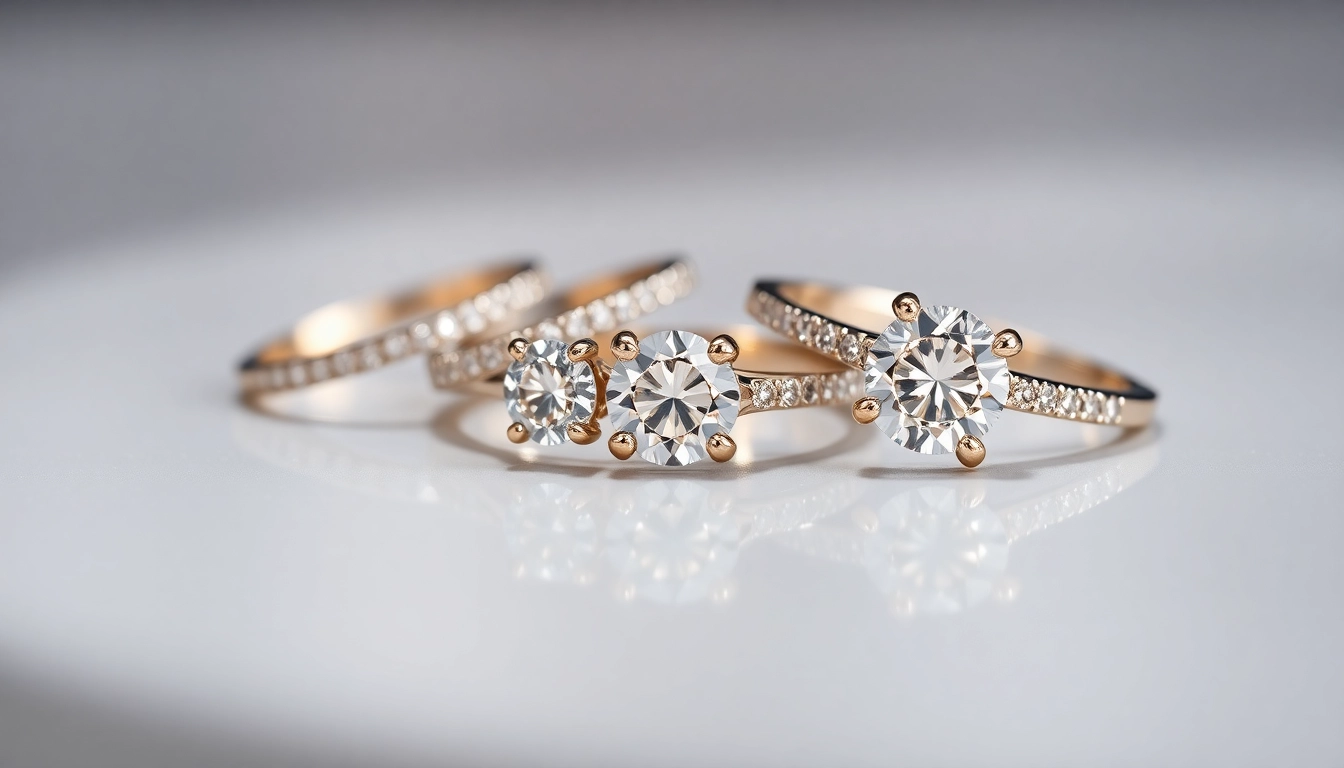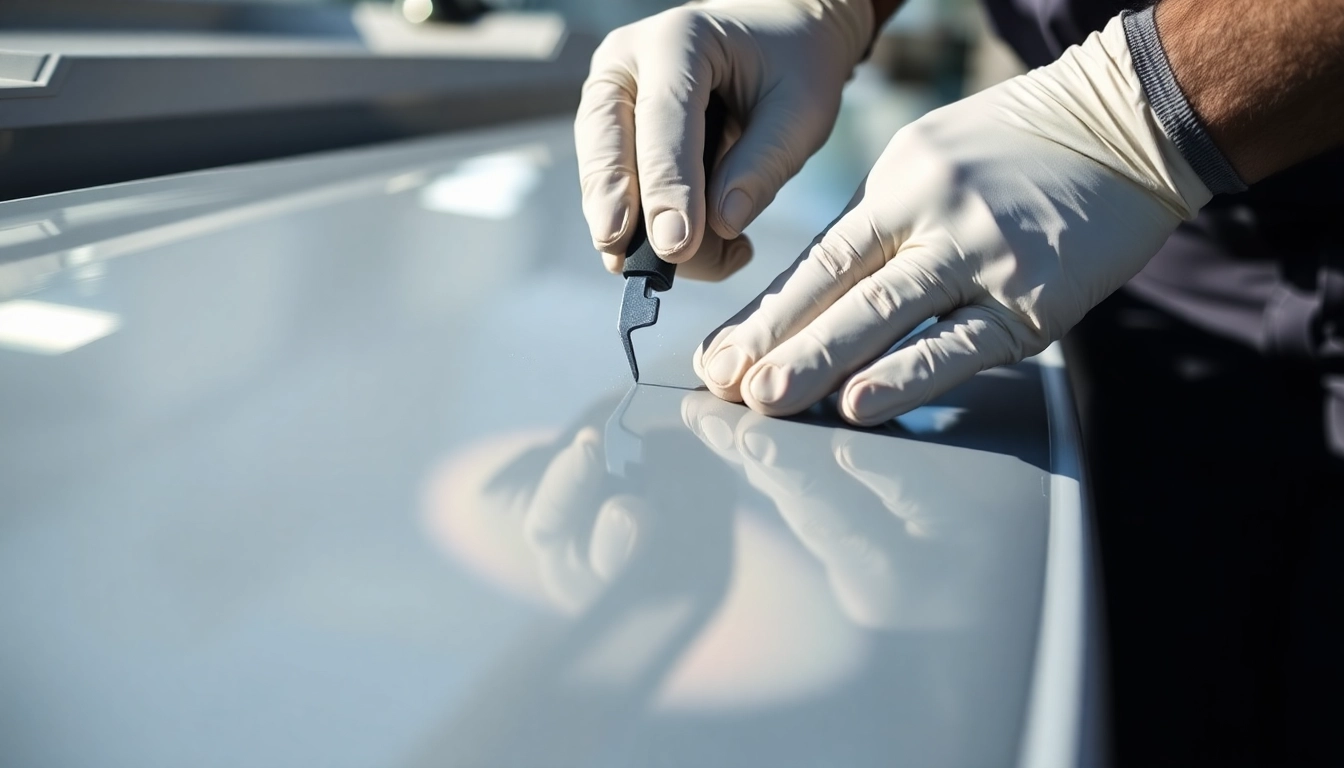Understanding Lab-Grown Diamond Rings and Their Benefits
When choosing the perfect engagement ring or a special piece of jewelry, many individuals are now turning to an innovative and ethically responsible alternative: lab-grown diamond rings. These stunning gems share the same physical, optical, and chemical properties as natural diamonds but are created in controlled laboratory environments. This technological advancement has revolutionized the jewelry industry, offering both sustainability and affordability without compromising on quality and brilliance.
What Are Lab-Grown Diamonds and How They Are Made
Lab-grown diamonds, also known as synthetic or man-made diamonds, are produced through advanced technological processes that replicate the natural geological conditions that form diamonds beneath the Earth’s surface. There are primarily two methods of creation:
- High-Pressure High-Temperature (HPHT): This process involves applying extreme pressure and temperature to carbon sources in a laboratory to produce diamond crystals, mimicking natural formation over millions of years.
- Chemical Vapor Deposition (CVD): In this technique, a carbon-rich gas, such as methane, is ionized in a vacuum chamber. The carbon atoms then deposit onto a substrate, gradually building up diamond layers at relatively lower pressures and temperatures.
Both methods have evolved to produce lab-grown diamonds with qualities indistinguishable from their natural counterparts. The technology continues to advance, leading to larger, higher-quality stones with fewer impurities and perfect clarity.
Advantages of Lab-Grown Diamond Rings Over Natural Diamonds
Choosing lab-grown diamonds offers several compelling benefits. First and foremost, they are typically significantly more affordable—costing 30-40% less than comparable natural stones—allowing consumers to acquire larger or higher-quality diamonds within the same budget.
Furthermore, lab-grown diamonds maintain the same physical and optical characteristics as natural diamonds, including hardness, brilliance, and fire. This makes them an excellent choice for engagement rings meant to last a lifetime. Another key advantage is consistency; since they are manufactured in controlled environments, lab-grown diamonds often have fewer inclusions and higher clarity grades.
Additionally, they provide an ethical alternative, as their creation involves no mining, thus eliminating concerns related to the environmental degradation and social issues associated with traditional diamond extraction. For individuals committed to sustainable and responsible consumption, lab-grown diamond rings present an attractive and conscientious option.
Environmental and Ethical Benefits of Choosing Lab-Grown Rings
Environmentally, lab-grown diamonds require significantly less land disruption, water usage, and energy compared to traditional mining operations, which can have devastating ecological impacts. According to recent studies, mining contributes notably to habitat destruction and carbon emissions.
From an ethical standpoint, lab-grown diamonds address concerns about human rights abuses often associated with conflict diamonds or “blood diamonds.” Since they are produced under strict regulations in laboratories, they guarantee a conflict-free origin, giving consumers peace of mind about their purchase. Many reputable retailers highlight their commitment to ethical sourcing, which has become an increasingly influential factor among modern buyers.
Design Options and Styles of Lab-Grown Diamond Rings
Popular Settings and Cuts for Lab-Grown Diamond Rings
Lab-grown diamonds are incredibly versatile, fitting into a wide variety of ring styles and settings. Popular cuts include round brilliant, princess, cushion, emerald, oval, marquise, and pear shapes. Each cut offers a unique aesthetic, from the classic sparkle of the round cut to the vintage elegance of cushion-shaped stones.
Settings such as solitaire, pave, halo, and three-stone designs maximize the brilliance and visual impact of lab-grown diamonds. For example, a solitaire ring with a round cut provides timeless elegance, while halo settings can accentuate a smaller central stone with a ring of smaller pavé diamonds.
Customizing Your Lab-Grown Diamond Engagement Ring
One of the remarkable benefits of purchasing lab-grown diamond rings is the ease of customization. Many jewelers offer options to personalize the design—selecting specific cuts, metal types (such as platinum, white gold, yellow gold, or rose gold), and intricate detailing. Custom inscriptions or unique mounting designs allow for a ring that truly reflects personal style and story.
Advanced 3D printing and CAD (Computer-Aided Design) technology enable detailed prototypes and adjustments, ensuring the final piece meets exact specifications. Whether you prefer a minimalistic band or an elaborate vintage-inspired setting, customization options make each piece unique.
Matching Lab-Grown Diamond Wedding Bands and Accessories
Creating a cohesive bridal set is seamless with lab-grown diamonds. Many couples opt for matching wedding bands that complement the engagement ring, often sharing similar metal tones and diamond cuts. For added elegance, some choose understated bands with small pavé diamonds or engraved designs.
Furthermore, lab-grown diamond accessories such as earrings, pendants, and bracelets can be curated to coordinate with the engagement ring, ensuring a harmonious and sophisticated jewelry wardrobe. This cohesive approach enhances the beauty and sentimental value of the entire collection.
Buying Guide: Selecting the Perfect Lab-Grown Diamond Ring
Understanding the 4Cs for Lab-Grown Diamonds
The quality and value of lab-grown diamonds are primarily determined by the same criteria as natural diamonds—known as the 4Cs: Carat weight, Cut, Color, and Clarity.
- Carat: Indicates the weight; larger stones are rarer and more valuable, but proportions and quality matter equally.
- Cut: A well-cut diamond interacts with light effectively, maximizing brilliance and sparkle.
- Color: Grade scales from D (colorless) to Z (light yellow or brown). Less color typically increases value.
- Clarity: Refers to internal inclusions and external blemishes. Higher clarity grades are rare and prized.
Buyers should assess these attributes according to their preferences and budget, often prioritizing cut and clarity to enhance visual appeal.
Comparing Prices and Certification for Lab-Grown Rings
When purchasing lab-grown diamonds, it is essential to compare prices across different retailers and platforms. Certified diamonds, graded by reputable labs such as GIA, IGI, or AGS, come with detailed reports verifying their 4Cs and ensuring authenticity. These certifications provide transparency and help safeguard against misrepresentation.
Prices can vary based on size, quality, and brand reputation. Buyers should also consider return policies and warranty plans, making sure they invest in a reliable source with positive reviews and transparent practices.
Trusted Retailers and Online Platforms for Lab-Grown Diamonds
Leading online platforms such as James Allen, Brilliant Earth, and Clean Origin offer extensive selections of lab-grown diamond rings, with high-resolution images, virtual try-on features, and detailed certifications. Physical jewelry stores with dedicated sections for sustainable and lab-grown jewelry also provide a tactile experience and personalized consultations. Research and choosing reputable sellers ensure a smooth buying process and authentic products.
Care and Maintenance of Lab-Grown Diamond Rings
Cleaning Tips to Preserve Brilliance
Proper maintenance keeps lab-grown diamond rings dazzling for years. Regular cleaning with mild dish soap and warm water, combined with a soft brush, removes oils and debris. Ultrasonic cleaners are safe for most lab-grown diamonds but consult the jeweler if unsure. Avoid harsh chemicals that may damage metal settings.
Insurance and Appraisal Options for Lab-Grown Diamonds
Given their increasing value and significance, insuring your lab-grown diamond ring is advisable. Professional appraisals ensure accurate valuation, which facilitates insurance coverage in case of loss, theft, or damage. Many insurance providers now recognize lab-grown diamonds as equivalent to natural stones, simplifying the process.
Longevity and Resale Value of Lab-Grown Diamond Rings
Lab-grown diamonds are resilient and designed for lifelong wear, maintaining their brilliance over time. Although the resale market for lab-grown diamonds is smaller compared to natural diamonds, demand is growing as awareness increases. Proper documentation and certification enhance resale value and liquidity in the secondary market.
Future Trends in Lab-Grown Diamond Jewelry
Innovations in Lab-Grown Diamond Quality and Size
Advancements in manufacturing techniques are pushing the boundaries of size and quality. Researchers are developing methods to produce larger, flawless diamonds with reduced production costs, making high-quality lab-grown stones more accessible to consumers worldwide.
Changing Consumer Perceptions and Market Growth
As awareness about ethical sourcing and sustainability grows, consumer perception favoring lab-grown diamonds continues to strengthen. Industry reports project a compound annual growth rate of over 15%, reflecting shifting preferences toward more responsible luxury jewelry options.
Emerging Styles and Popularity in Eco-Friendly Jewelry
Eco-conscious designs incorporating lab-grown diamonds are becoming increasingly popular. Minimalist gold bands, vintage-inspired settings, and modern geometric designs are trending, aligning aesthetic appeal with environmental responsibility. Jewelry brands now prominently showcase their commitment to sustainability to attract socially conscious buyers.





